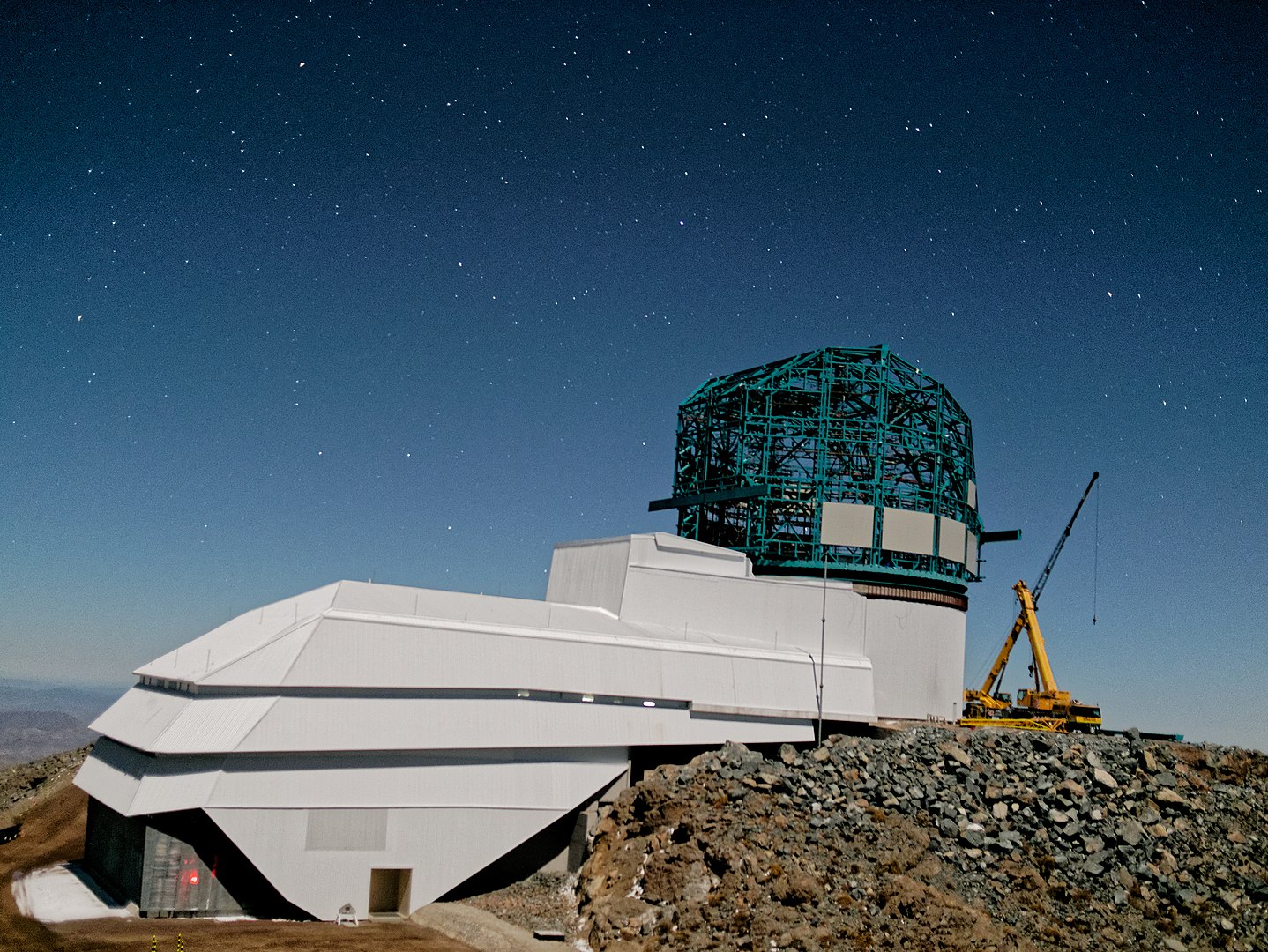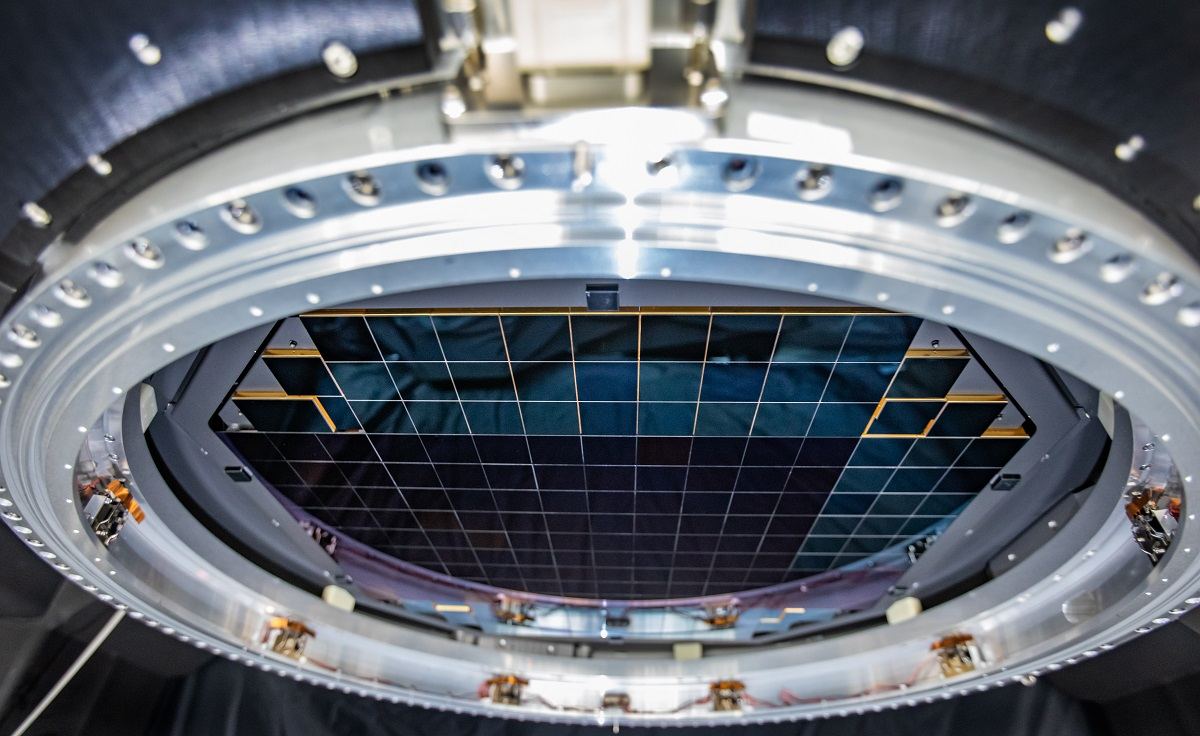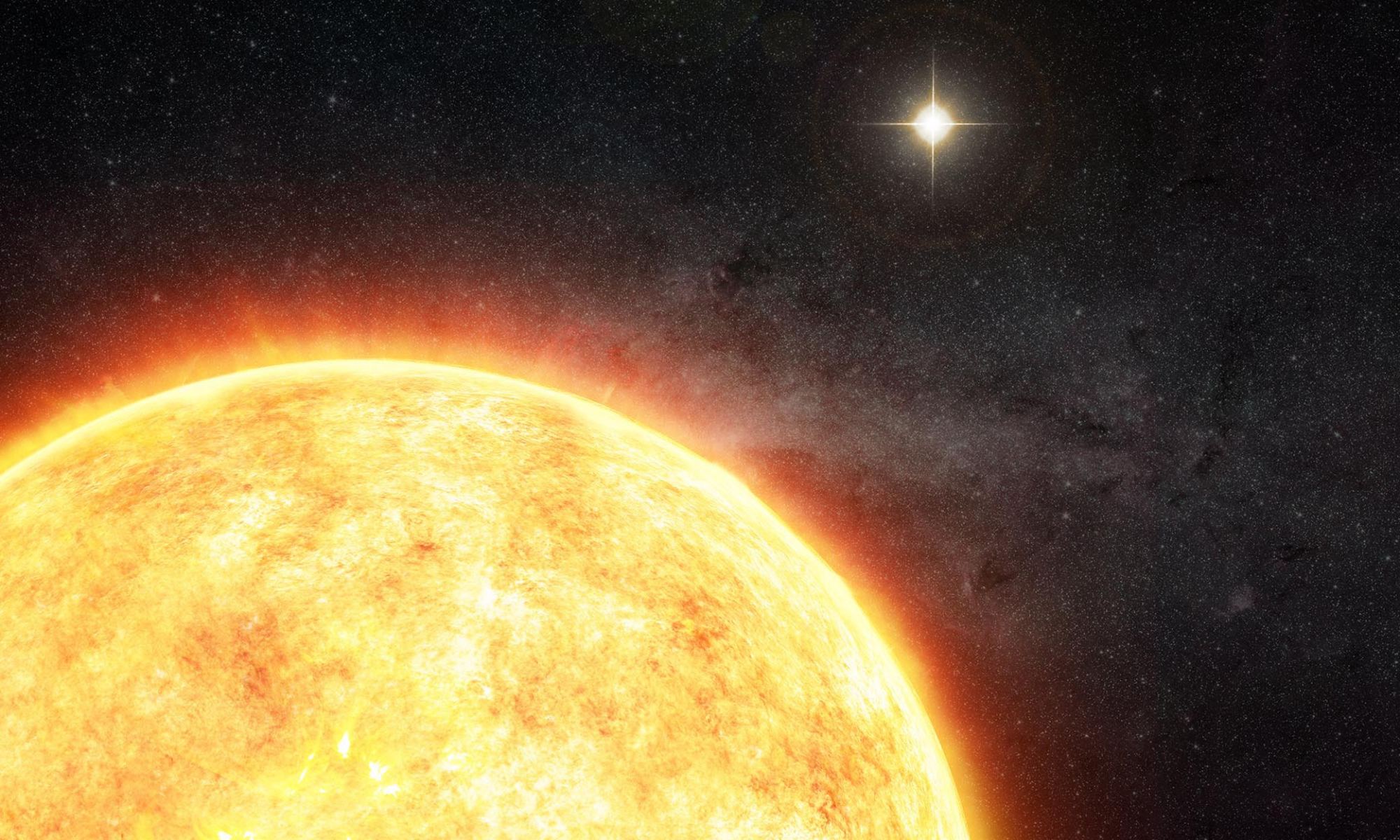In a year (perhaps two), the Vera C. Rubin Observatory in Chile will become operational and commence its 10-year Legacy Survey of Space and Time (LSST). Using its 8.4-meter (27 foot) mirror and 3.2 gigapixel camera, this observatory is expected to collect 500 petabytes of images and data. It will also address some of the most pressing questions about the structure and evolution of the Universe and everything in it.
One of the highly-anticipated aspects of the LSST is how it will allow astronomers to locate and track interstellar objects (ISOs), which have become of particular interest since `Oumuamua flew through our system in 2017. According to a recent study by a team from the University of Chicago and the Harvard-Smithsonian Center for Astrophysics (CfA), the Rubin Observatory will detect around 50 objects during its 10-year mission, many of which we will be able to study up-close using rendezvous missions.
Continue reading “Vera Rubin Observatory Should Find 5 Interstellar Objects a Year, Many of Which we Could Chase Down With Spacecraft”



